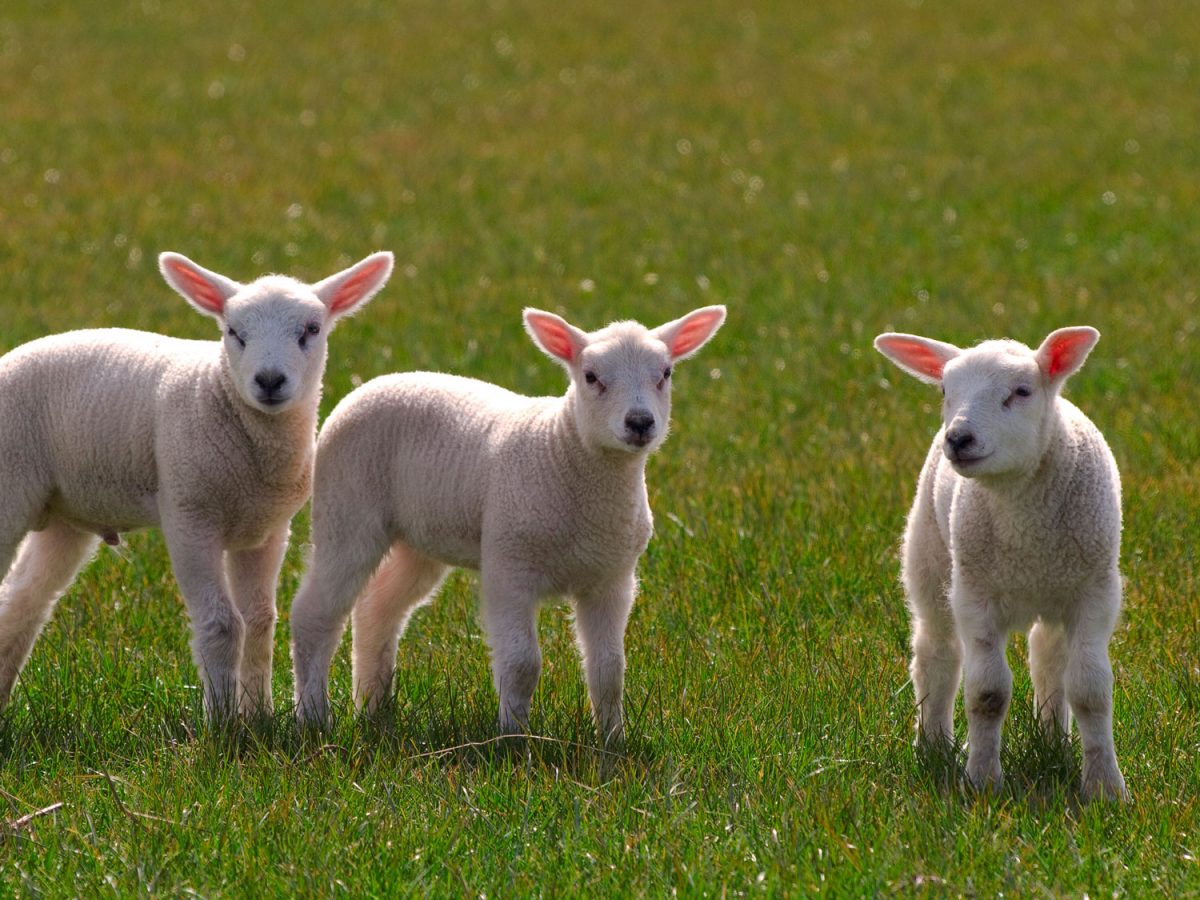The world’s first sheep facial recognition software – which will eliminate the need for costly electronic identification or ear tagging – will be prototyped this year after the company behind it received funding from New Zealand’s innovation agency, Callaghan Innovation.
Sheep NN – a project created by Dunedin-based artificial intelligence and machine learning company Iris Data Science – received a $40,000 grant from Callaghan Innovation towards the $100,000 project that will take the model to prototype by the end of the year.
“The goal is to develop a cost-effective and revolutionary sheep re-identification system for farmers using images captured by a bespoke camera rig and processes,” says Iris Data Science co-founder Greg Peyroux.
“Sheep face images are collected and fed into a machine-learning model, which gradually learns to identify sheep by finding recognisable features.”
The project was launched at this year’s MobileTECH event in Rotorua – an annual event showcasing digital technologies for the agricultural, horticultural and forestry sectors – and TEXpo 2019, Techweek NZ’s technology showcase.
Mr Peyroux says the company has already collected thousands of images and hours of high-resolution video footage from farms to create a deep learning identification pipeline that will be further developed in the coming months. The Callaghan funding will allow the company to take this to a commercial prototype.
“As more farmers move towards management technologies such as digital scales and automatic drafting gates, a reliable low-cost method of identification is essential and we believe we have found a solution with this new cost-effective technology.”
Company co-founder Benoit Auvray says the new funding will assist with overcoming the challenges of applying a deep neural network to detect sheep faces in an image complicated by changing head pose, background and lighting conditions.
“Deep learning methods have superseded computer vision techniques for human facial recognition and have shown promising results for animal identification.
“Sheep identification from images is a complex issue that has not yet been fully researched and is unlikely to be addressed overseas in the near future, but has major commercial implications for New Zealand’s agricultural industry.”
Future applications for the technology include tracking animal locations to prevent rustling, monitoring animal behaviour, estimating weight, diseases, welfare, or other characteristics, or estimating parentage without the need to observe lambing or do DNA parentage testing.
The team has begun collecting data and developing similar facial recognition technology for other stock including cattle and goats, and expect this will be available shortly after the sheep prototype.
Source: Profile Media Ltd












